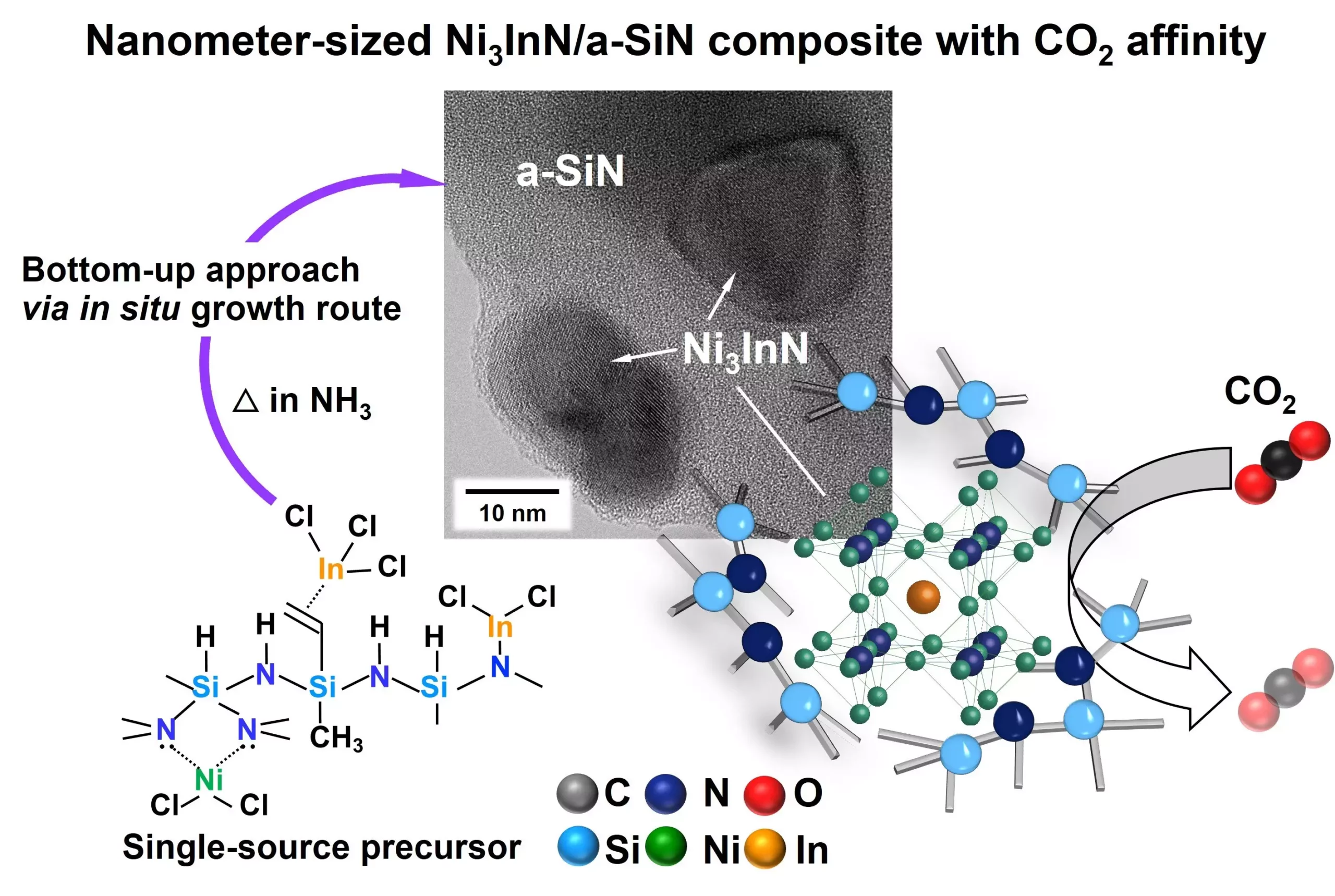The world of materials science is continually evolving, and while perovskites have received significant attention for their diverse applications, anti-perovskites present an equally compelling frontier that warrants greater examination. With a reverse electrical configuration compared to their perovskite counterparts, anti-perovskites not only exhibit fascinating phenomena, such as negative thermal expansion and ionic conductivity, but also harbor potential for groundbreaking advancements in superconductivity and catalysis. As researchers explore these slept-on materials, their unique properties could prove transformative for a range of industries, particularly in the realm of clean energy and advanced catalysis.
The Challenge of Synthesis
Despite the promising attributes of anti-perovskites, synthesizing these materials at a nanoscale remains a complex challenge that has hindered their practical applications. Achieving the right structural integrity and functionality in nanosized anti-perovskite crystals is no trivial task. Traditional synthesis methods often yield incomplete or non-uniform products, dampening researchers’ efforts to harness the full potential of these materials. As a result, there’s a growing urgency in the scientific community to devise innovative techniques that can facilitate effective and efficient synthesis.
A Groundbreaking Synthesis Technique
In a noteworthy study published in the Journal of Materials Chemistry A, a research team under the leadership of Professor Yuji Iwamoto at the Nagoya Institute of Technology has made significant strides in overcoming these synthesis hurdles. By introducing a novel method classified as a “Polymer-Derived Ceramics” (PDCs) route, the team managed to develop a nanocomposite consisting of amorphous silicon nitride (a-SiN) integrated with nanometer-sized Ni3InN anti-perovskite crystals. This innovative approach not only streamlines the synthesis process but also allows for the development of complex materials in a single step, significantly reducing the constraints faced by researchers in the field.
Mechanics Behind the Innovation
The methodology involves a clever use of polysilazanes modified with nickel (Ni) and indium (In) chloride precursors that are transformed at relatively low pyrolysis temperatures (around 300 °C) in an ammonia atmosphere. This step is critical, as it enables the seamless incorporation of anti-perovskite crystals into an amorphous matrix, providing a platform for diverse material functionality. According to Prof. Iwamoto, the previous lack of understanding surrounding the stoichiometric blending of Ni3InN significantly impeded progress—however, through rigorous experimentation and analysis, the team navigated around these obstacles, ultimately optimizing the synthesis conditions to yield a pure Ni3InN phase.
Decoding Material Properties
One of the most striking aspects of this new synthesis technique is that the resulting nanocomposite is highly microporous, boasting numerous interfaces between the Ni3InN particles and the a-SiN matrix. This microporosity is not merely a structural attribute; it greatly enhances the material’s electronic properties and activity, which is crucial for catalytic applications. The synthesized materials additionally showed promising capabilities in absorbing and desorbing CO2, indicating a potential for utilizing these composites in eco-friendly technologies aimed at carbon capture and transformation.
Real-World Applications and Implications
The implications of these advancements extend well beyond mere academic inquiry. The innovations that arise from the synthesis of anti-perovskites could catalyze significant progress in heterogeneous catalyst design. Dr. Samuel Bernard, co-author of the study, highlights that the diversity of the nanocomposite’s multi-metal composition provides an extraordinary opportunity for creating new catalytic functionalities. The convergence of structural diversity with modifiability underscores the potential for discovery and innovation in material properties, which could pave the way for sustainable materials that mimic or improve upon natural processes.
As the research continues to evolve, it becomes increasingly clear that the exploration of anti-perovskites may prove to be a rewarding endeavor for material scientists. Embracing the unexplored terrain of these materials could yield innovations critical for addressing the pressing challenges of our time, particularly in energy conversion and environmental sustainability. The future of anti-perovskites seems not only promising but essential for advancing material science into a more sustainable and functional realm.

